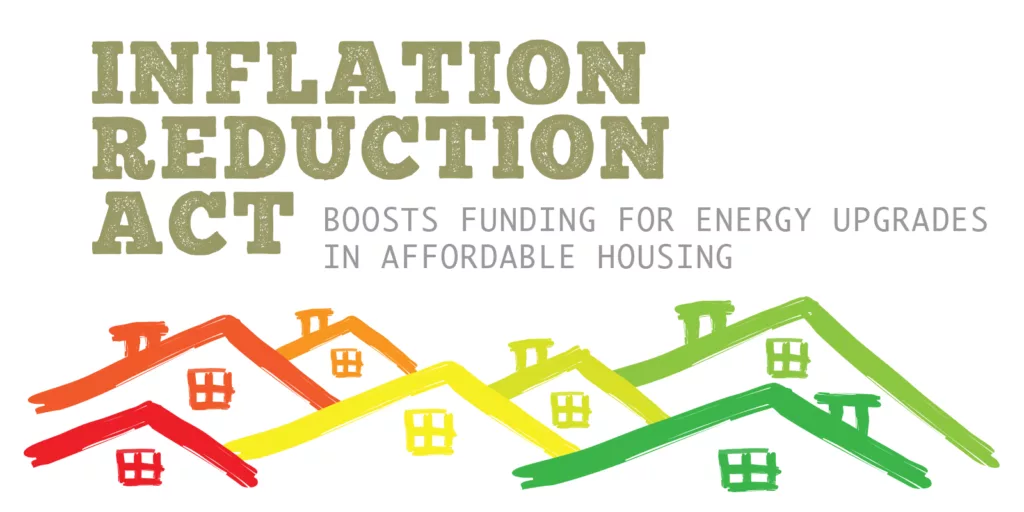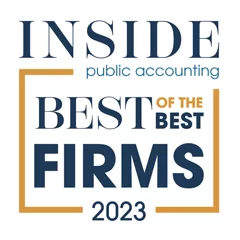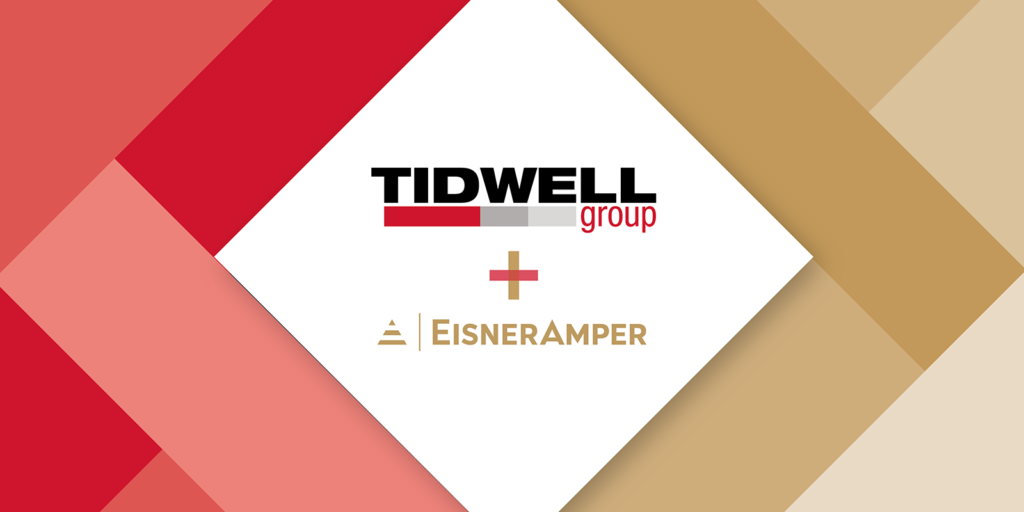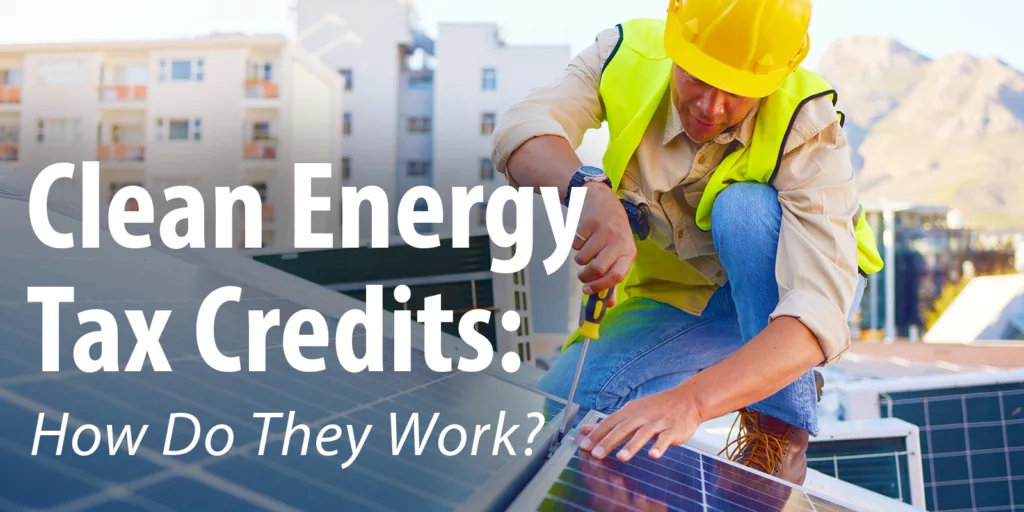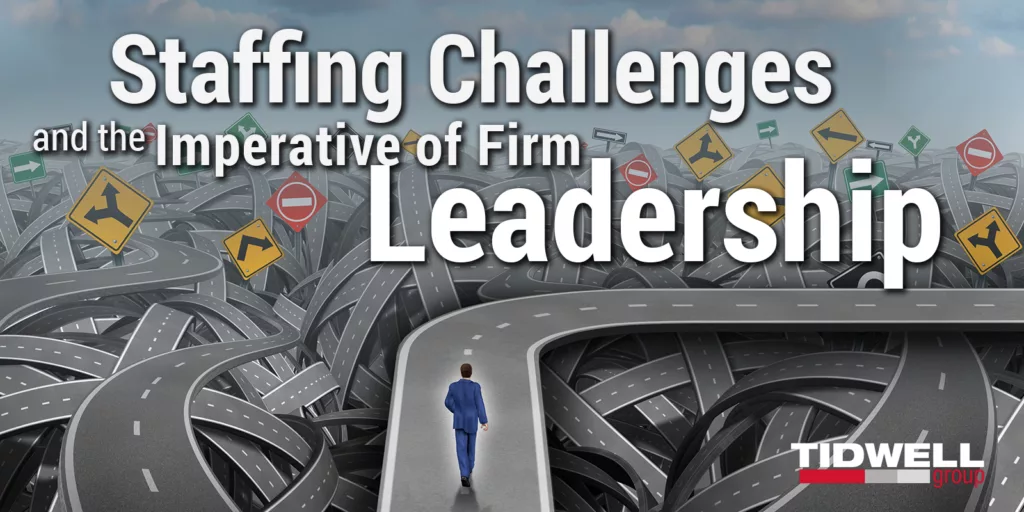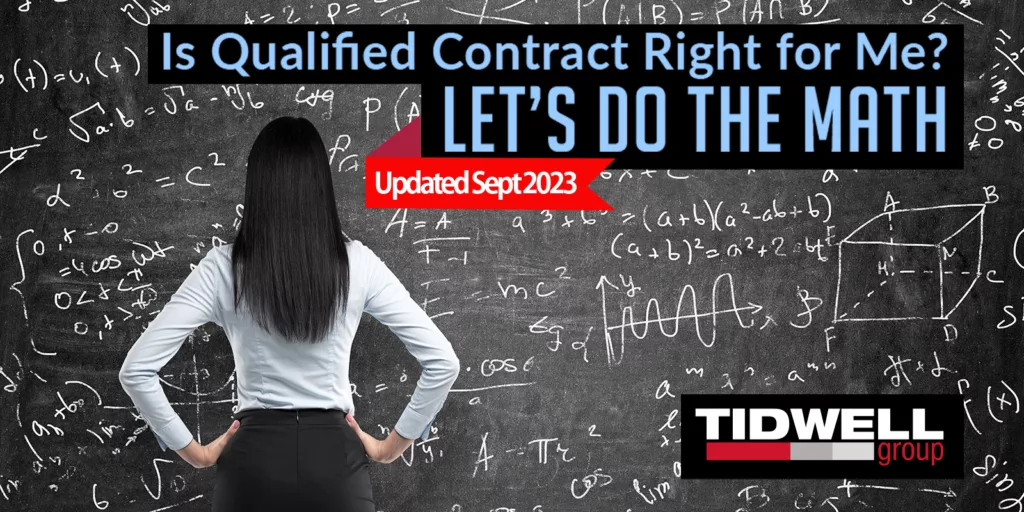Summary
On August 16, 2022, President Joe Biden signed into law H.R. 5376, more commonly known as the Inflation Reduction Act of 2022 (the “Inflation Reduction Act”), which includes $369 billion in incentives for clean technologies, including wind, solar, storage, hydrogen, nuclear, carbon capture, and biofuels to increase investment in the renewable energy sector.
These incentives include several areas of interest that can be included with the capital stack of a low-income housing tax credit development – primarily improvements to the Investment Tax Credit and New Energy Efficient Home Tax Credit. This article will provide insight into these improvements, including how to earn and calculate the tax credit benefit.
Investment Tax Credit
Base Credit Percentage
Effective for assets placed in service after January 1, 2023, the Inflation Reduction Act increased the Investment Tax Credit to equal 30% of qualified energy property, provided one of the following qualifications are met:
- The project has a maximum net output of less than 1 MW AC of electrical or thermal energy;
- The project commenced construction prior to January 30, 2023, or
- The project can ensure that:
- Local prevailing wages and rates are paid for all laborers and mechanics involved in both the construction of the project and repairs or alterations to the project for the five-year period after the project is placed in service and
- A percentage of total labor hours are performed by qualified apprentices.
If a project cannot satisfy one of the above-listed criteria, the applicable Investment Tax Credit rate is reduced from 30% by one-fifth or 6%.
Combining the Investment Tax Credit with the Low-Income Housing Tax Credit
Prior to the enactment of the Inflation Reduction Act, any energy property that earned an Investment Tax Credit also required a reduction in the associated depreciable property equal to 50% of the Investment Tax Credit. The Inflation Reduction Act altered this requirement and now allows a project earning the Low-Income Housing Tax Credit (“LIHTC”) to include qualified energy property into LIHTC basis as well as earn Investment Tax Credits on any qualified energy property constructed with the project. However, while there is no longer a reduction in LIHTC basis, a LIHTC project will still be required to reduce the depreciable basis by 50% of the earned Investment Tax Credit.
Monetization of the Investment Tax Credit:
- Transferability of Eligible Credits:
-
The Inflation Reduction Act expands the potential Investment Tax Credit investor pool by allowing taxpayers to transfer all or a portion of eligible tax credits (including the Investment Tax Credit) to an unrelated taxpayer. To transfer the credits, the taxpayer must complete and include a transfer election statement with the tax return in the year the eligible credit is earned. Credits may only be transferred once to an unrelated party in exchange for cash. By purchasing the eligible credits, the transferee will bear the financial responsibility of any tax credit recapture. Additionally, only the eligible credit is allowed to be transferred – additional tax benefits, such as depreciation on the property generating the credit, are not allowed to be transferred and must stay with the taxpayer originally claiming the credit.
-
- Elective Pay:
- Applicable entities, including tax-exempt organizations, are eligible for elective pay by electing to be treated as having made a tax payment equal to the value of the credit they would otherwise have claimed. The election effectively makes the credit completely refundable, as the tax-exempt organization would otherwise not owe any other federal income tax.
Bonus Credits
In addition to the base Investment Tax Credit, the Inflation Reduction Act established three bonus credits for projects that meet specific additional criteria.
- Domestic Content Bonus Credit: A project is subject to a 10% bonus credit when 100% of any steel or iron and 40% of manufactured products (increases to 45% for projects that commence construction in 2025, 50% in 2026, and 55% thereafter) that are components of the qualified energy facility are produced in the United States.
- Energy Community Bonus Credit: A project constructed within an energy community is subject to a 10% bonus credit. An energy community is defined as:
-
- A brownfield site;
- A “metropolitan statistical area” or “non-metropolitan statistical area” that has (or had at any time after 2009)
- .17% or greater direct employment or 25% or greater local tax revenues related to the extraction, processing, transport, or storage of coal, oil, or natural gas; and
- has an unemployment rate at or above the national average unemployment rate for the previous year or
- A census tract (or directly adjoining census tract)
- in which a coal mine has closed after 1999 or
- in which a coal-fired electric generating unit has been retired after 2009.
Low-Income Communities Bonus Credit: A qualified solar or wind facility with a maximum net output of less than 5 MW AC and installed in connection with a low-income community is subject to a 10-20% bonus credit based on the following categories:
-
- Category 1 – 10% bonus credit if the facility is located in a low-income community as defined under the New Markets Tax Credit program;
- Category 2 – 10% bonus credit if the facility is located on Indian Land;
- Category 3 – 20% bonus credit if the facility is installed as part of a qualified low-income residential building project; or
- Category 4 – 20% bonus credit if the facility is installed as part of a qualified low-income economic benefit project.
For the 2023 and 2024 program years, the Low-Income Communities Bonus Credit is subject to an annual capacity limitation of up to 1.8 GW of eligible solar and wind capacity per year as follows:
Category 1 |
700 MW |
Category 2 |
200 MW |
Category 3 |
200 MW |
Category 4 |
700 MW |
Capacity limitations can be reallocated across categories and any applicable sub-reservations to the extent that one category or sub-reservation is oversubscribed and another has excess capacity. Entities seeking an allocation of the Low-Income Communities Bonus Credit must complete an application for each facility for which they are seeking an allocation. During the 2023 program year, at least half of the capacity in each category was reserved for projects that meet specific selection criteria based on certain ownership structures and geographic locations.
All applications submitted during the initial 30-day application window, which ended on November 18, 2023, were considered as submitted at the same date and time. Any applications submitted after the initial 30-day application window were considered on a rolling basis and accepted through February 29, 2024, subject to available capacity limitations. In December 2023, the Department of Treasury and Department of Energy issued a joint publication announcing that over 46,000 applications were submitted during the initial 30-day application window, confirming the Low-Income Communities Bonus Credit demand. As part of the notice, the Department of Energy established a dashboard for owners to monitor available capacity under each category. Any owners unable to apply during the 2023 program year can apply once the 2024 program year is open when another 1.8 GW capacity allocation is available.
Applicants who receive a Low-Income Communities Bonus Credit allocation must place the qualified facility into service within four years of the award allocation date, but only after the allocation is received.
Applying Under Category 3
If a facility that qualifies for Category 1 or Category 2 also qualifies for Category 3 or Category 4, then the facility can only apply for either Category 3 or Category 4. As such, a qualified solar or wind facility installed in connection with a LIHTC project must apply for a Low-Income Communities Bonus Credit under Category 3. As Category 3 provides a higher bonus percentage, facilities that earn the credit under Category 3 are subject to additional requirements. To qualify as a Category 3 facility, at least 50 percent of the financial value of the energy produced by the facility must be equitably allocated to the property’s low-income occupants. The owner of the facility must prepare a benefits-sharing statement, which must include, among other requirements, a calculation of the projected financial value required to be distributed and the means of distributing the required financial value to the low-income occupants.
Clean Electricity Investment Tax Credit
The Clean Electricity Investment Tax Credit was created as part of the Inflation Reduction Act to replace the Investment Tax Credit for any projects placed in service after January 1, 2025. The calculation of the credit is similar to the Investment Tax Credit. Still, the credit applies to any qualified facility or energy storage technology with an anticipated zero greenhouse gas emissions rate. The Clean Electricity Investment Tax Credit will also phase out as certain greenhouse gas emission benchmarks are met.
New Energy Efficient Home Credit
The Inflation Reduction Act extended the previously expired IRC Section 45L New Energy Efficient Home Credit through December 31, 2022 and made changes to the credit effective January 1, 2023.
Residences Acquired or Placed in Service Before January 1, 2023
Residences acquired or placed in service prior to January 1, 2023, can earn a credit equal to $2,000 per residence, provided that the owner can certify that the residence meets certain energy-efficiency standards are met. LIHTC projects that earn the New Energy Efficient Home Credit must reduce LIHTC eligible basis by the amount of the credit earned.
Residences Acquired or Placed in Service After December 31, 2022
Effective January 1, 2023 through December 31, 2032, the Inflation Reduction Act amended the New Energy Efficient Home Credit to provide a credit ranging from $500 to $5,000 per residence based on certain criteria met. Residences that certify to Energy Star MFNC Energy Efficiency Standards are eligible for a credit equal to $2,500 if local prevailing wage requirements are met and $500 if local prevailing wage requirements are not met. Residences that enter into the Energy Star MFNC Energy Efficiency Standards and certify as a Department of Energy Zero Energy Ready Home are eligible for a credit equal to $5,000 if local prevailing wage requirements are met and $1,000 if local prevailing wage requirements are not met.
New Energy Efficient Home Credit Per Residence
Energy Standards |
||
Energy Star MFNC Energy Efficiency Standards |
Department of Energy Zero Energy Ready Home |
|
Prevailing Wage Requirement Not Met |
$500 |
$1,000 |
Prevailing Wage Requirement Met |
$2,500 |
$5,000 |
Additionally, any LIHTC projects that earn the New Energy Efficient Home Credit are no longer required to reduce LIHTC eligible basis by the amount of the credit earned, effective January 1, 2023.
Overview and Analysis
The amendments to the Investment Tax Credit and New Energy Efficient Home Credit under the Inflation Reduction Act should encourage LIHTC developers to explore the possibilities of combining these credits with their projects. Prior to the enactment of the Inflation Reduction Act, it was common to only see these credits combined with 9% LIHTC developments that had excess eligible basis to absorb the required basis reductions of each credit. As the Inflation Reduction Act removed any reduction of LIHTC eligible basis associated with both credits, the appeal for both credits expands to all LIHTC developments, provided it is financially feasible to meet the requirements to generate the credit.
Solar panels installed in connection with a 4% LIHTC development could raise equity on 70% of the proceeds, as 30% of the costs are recovered via the base Investment Tax Credit and, with the costs now allowed to be part of LIHTC eligible basis, 4% of the costs are recovered as part of the Low-Income Housing Tax Credit annually for 10 years. Should the facility qualify for any of the bonus credits, the panels could pay for themselves.
While there are still questions to be answered regarding the transferability of the Investment Tax Credit, the flexibility allowed with the improved transferability should increase the investor pool for the credit, as the purchaser of the credit no longer needs to be a member of the taxpayer in order to be allocated the credit.
The New Energy Efficient Home Credit amendments provide for a greater range of credit to be claimed, but the costs associated with ensuring that the project meets the certified energy efficiency standards, including the cost of certifying the units as meeting the standards, must be considered, even if the costs are included in LIHTC eligible basis. Any developers considering the New Energy Efficient Home Credit should start the conversations with their engineer and contractor early in the planning process in order to ensure that the project meets the required standards to claim the credit.
How can I help?
If you have questions about energy tax credits as part of the Inflation Reduction Act of 2022 for your current or future development, talk to the Real Estate Consulting team at Tidwell Group.

